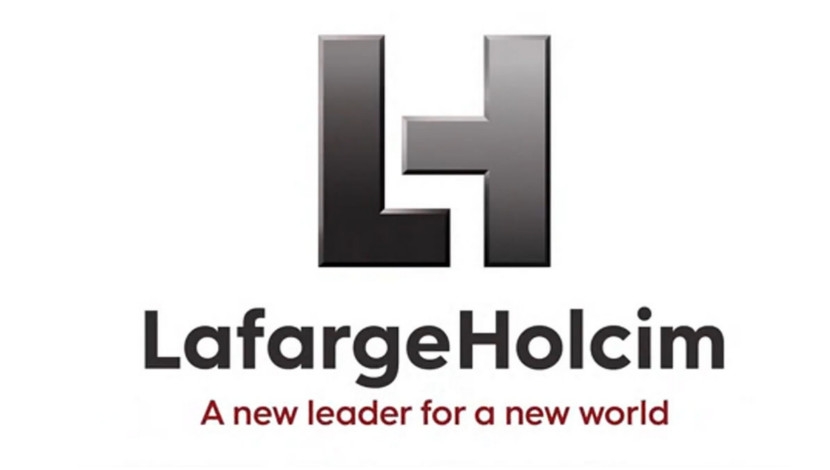
A new Standard Bank report confirms that the middle class has expanded materially in 11 key sub-Saharan African countries over the past 14 years to ±15 million households, from less than 5 million in 2000.
But it also cautions that over 85% of the 110-million households across the surveyed countries remain firmly within the low-income band, making them vulnerable to economic shocks.
Using South Africa’s Living Standard Measure (LSM) methodology, Standard Bank’s ‘Understanding Africa’s middle class’ report covers the emergence of the middle class in Angola, Ethiopia, Ghana, Kenya, Mozambique, Nigeria, South Sudan, Sudan, Tanzania, Uganda and Zambia.
It finds that, between 2000 and 2014, Nigeria’s middle class swelled by 600% to 4.1-million households, or 11% of the total population. In Angola 21% of households could be considered middle class, 14% in Sudan and 10% in Zambia.
The East African countries fared poorly with a uniformly high share of low-income households as across the region – 99% in Ethiopia, 97% in Tanzania, 96% in Uganda and 92% in Kenya.
In addition, the most profound consumption shifts were occurring at the ‘base of the pyramid’, or in the low-income bands covering LSM 1 to LSM 4, where consumption is below $5 500 a year and where businesses would need to tailor their offerings..
Standard Bank political economist Simon Freemantle, who presented the report’s findings on Tuesday, says the performance remains broadly supportive of the ‘Africa Rising’ narrative – despite the bank’s middle-class estimate being considerably lower than the 350-million people reported by the African Development Bank in 2011.
There is an undeniable rise in income across many of Africa’s key frontier economies, allowing the formation and strengthening of a substantial middle class. “However, the scale of Africa’s middle class ascent has, we believe, been somewhat exaggerated in line with the at times breathless ‘Africa Rising’ narrative.”
He says the report aims to offer a more accurate depiction of the size of the middle class, without undermining optimism about the continent’s advance.
The publication follows closely on from the inaugural US-Africa Leadership Summit, held in Washington DC, where a combined $14-billion in deals were announced for Africa and where President Barack Obama announced a series of steps to improve trade and investment with Africa.
It also follows confirmation by the governments of Brazil, Russia, India, China and South Africa at the sixth Brics Summit in Fortaleza, Brazil, that the ‘New Development Bank’ will support African infrastructure projects.
In addition, the European Commission also recently launched its €415-million Pan-African Programme to support Africa’s integration process at a continental level.
By: Terence Creamer
Read the full article here: http://www.engineeringnews.co.za/article/banks-report-offers-nuanced-view-of-africas-rising-middle-class-2014-08-19





